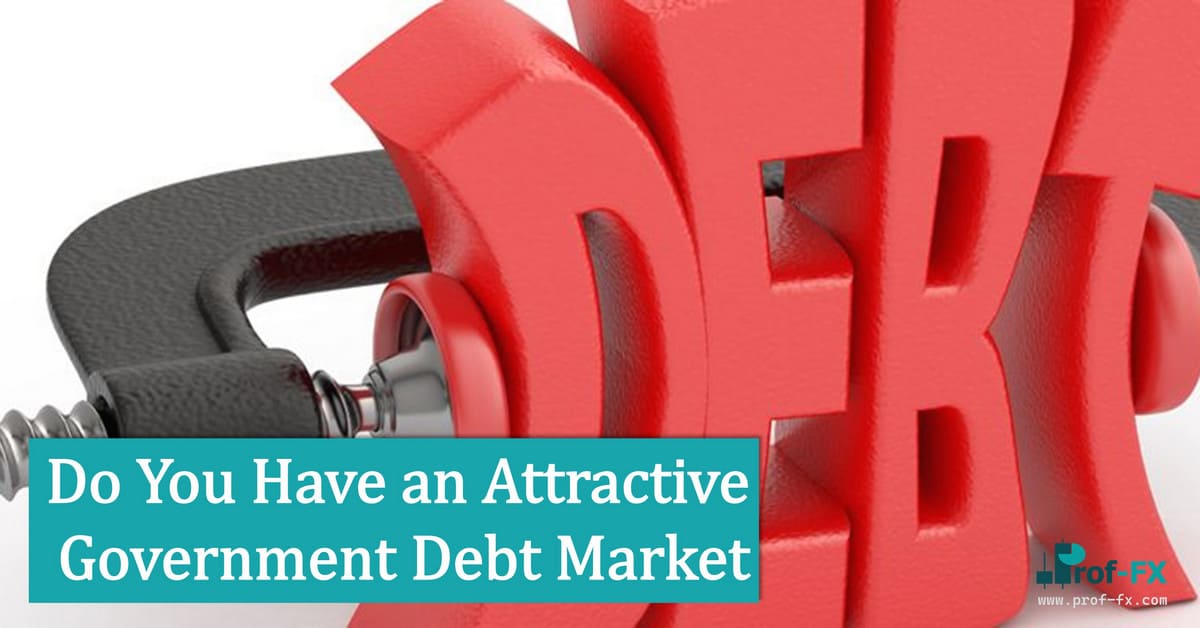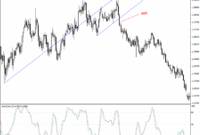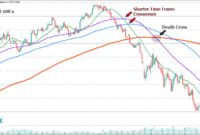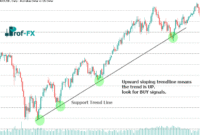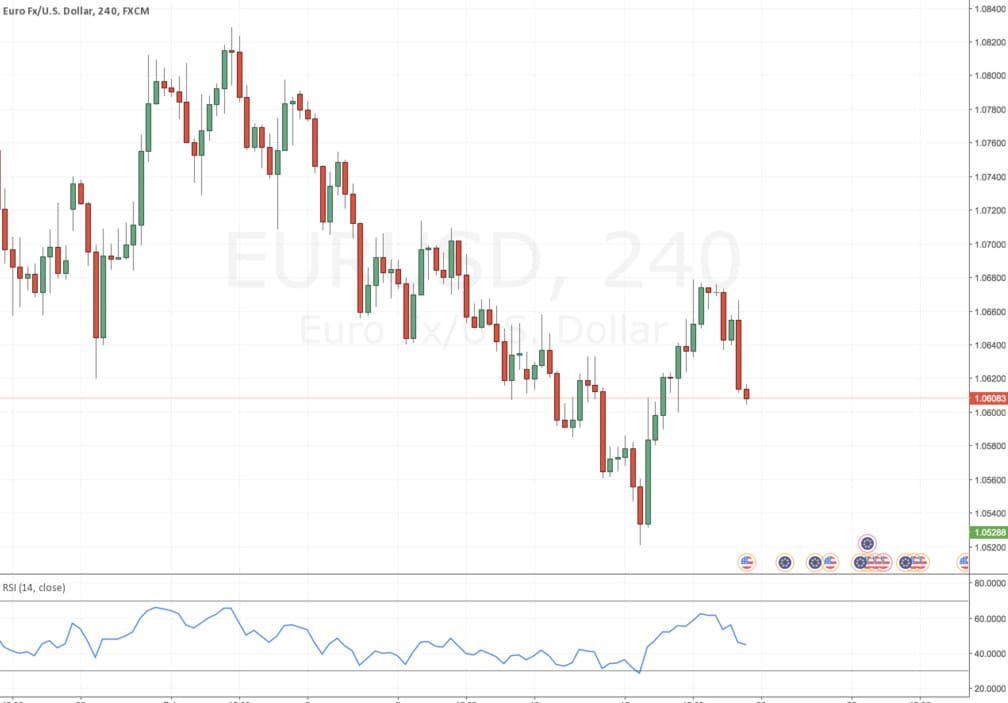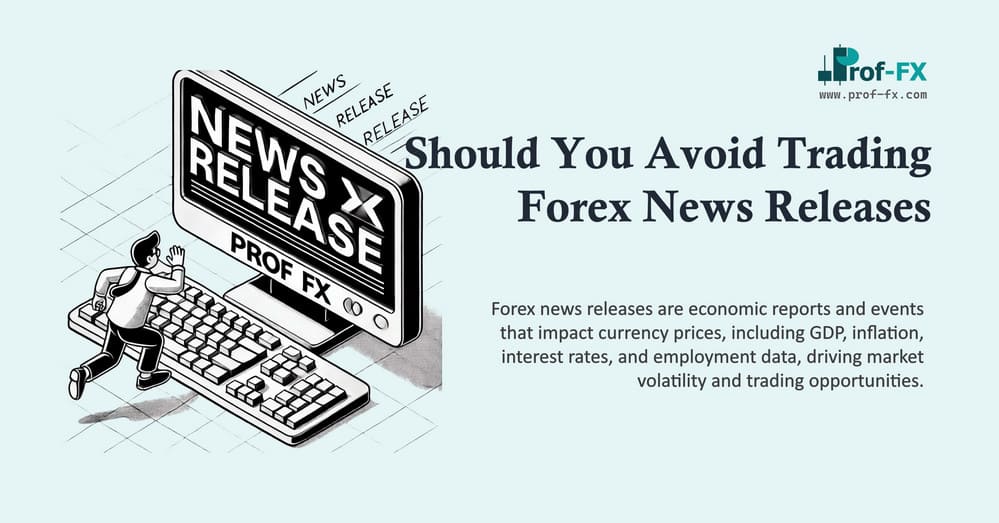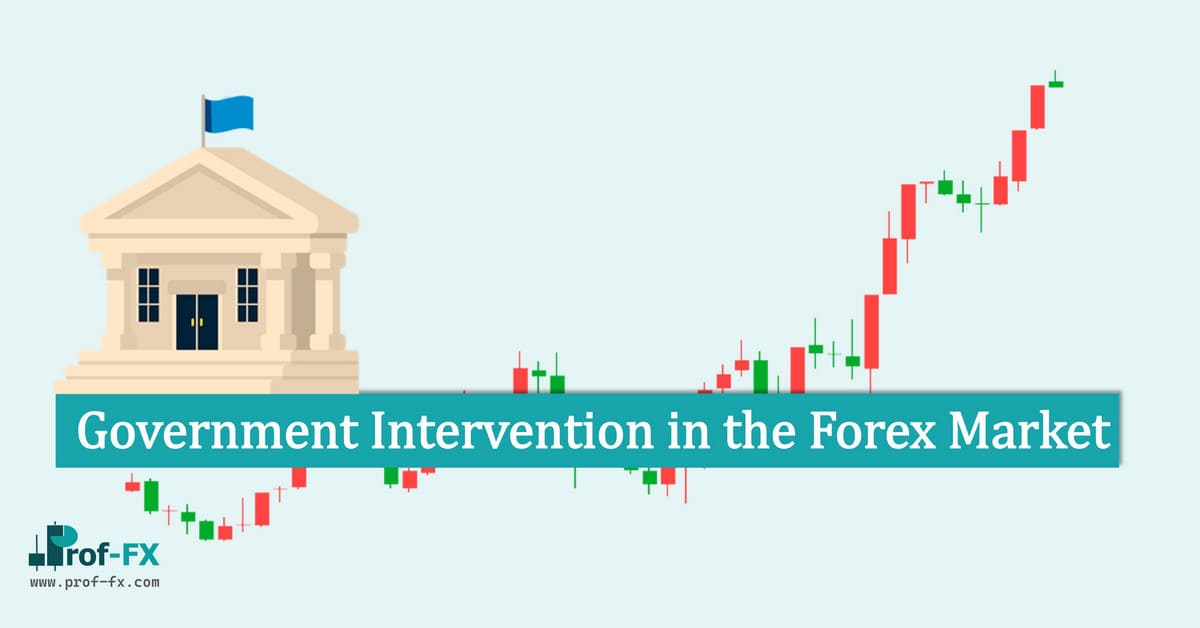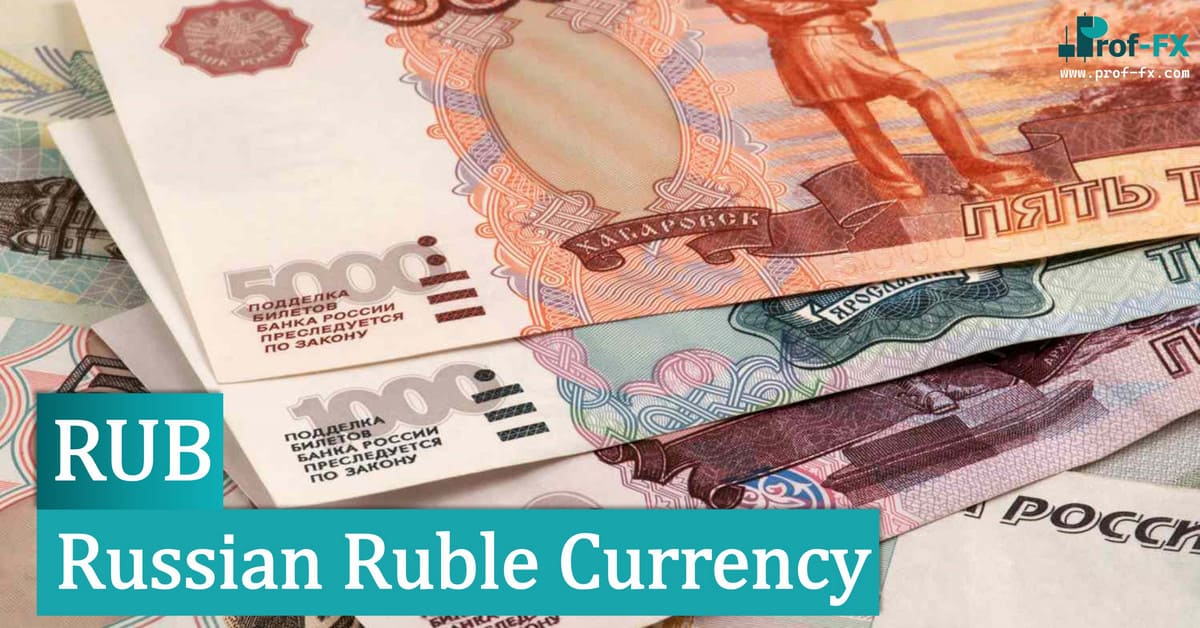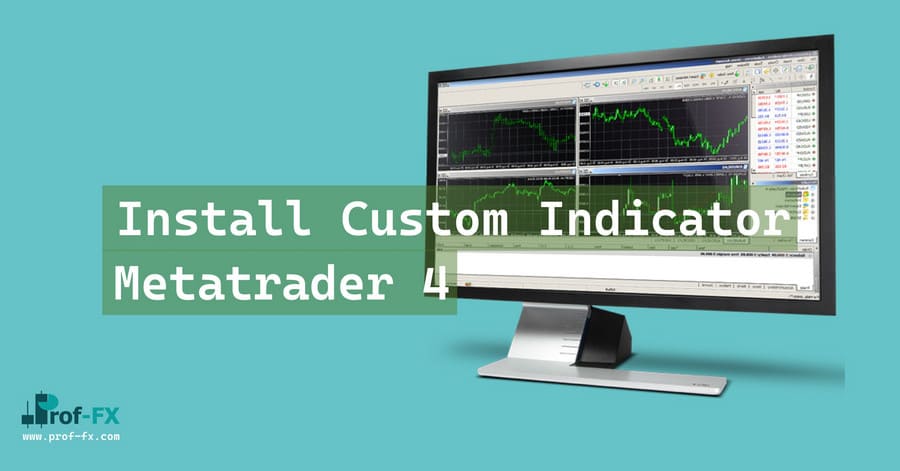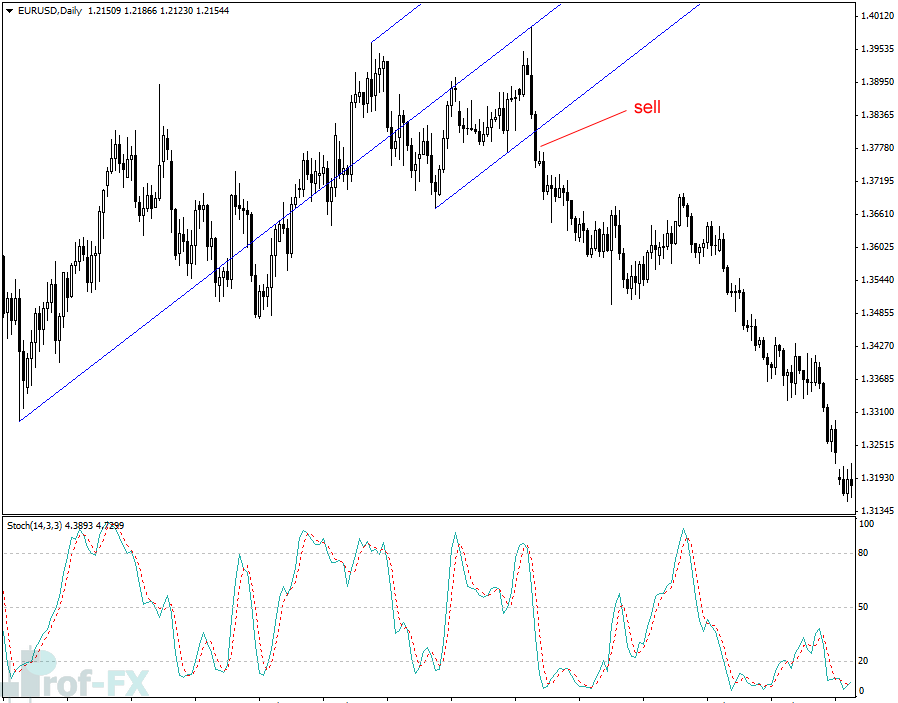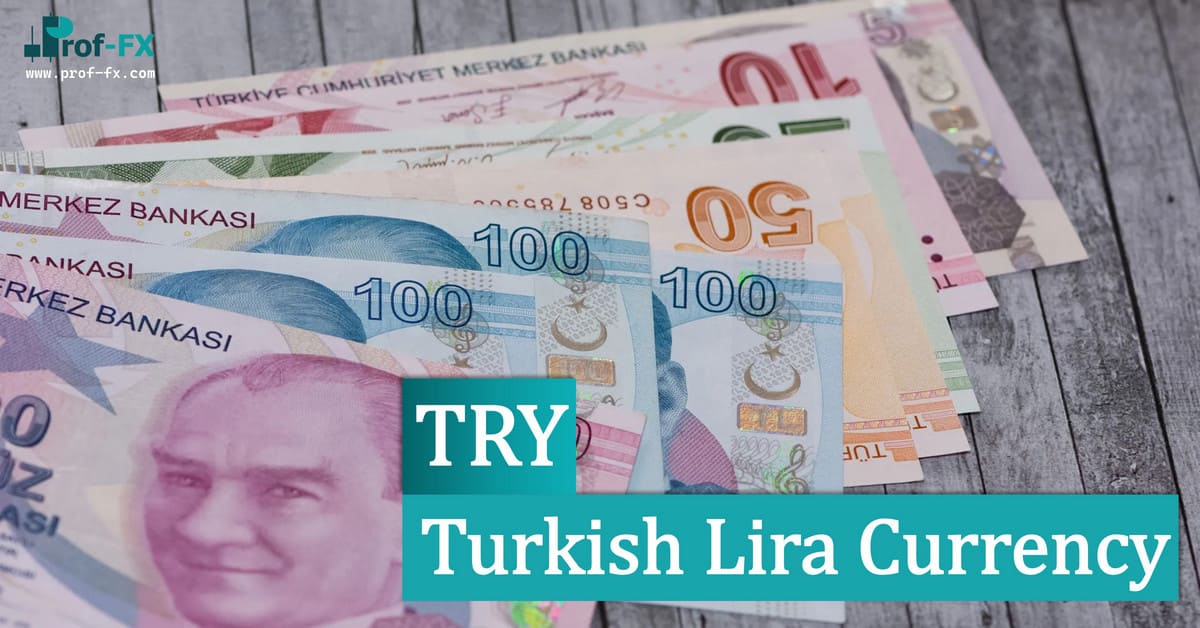Why do we care whether a country has an attractive government debt market? We care because countries with attractive government debt markets tend to draw a lot of foreign investment.
As investment flows increase, demand for the currency goes up and the value of the currency typically moves higher.
When investors evaluate a country’s government debt market, they are weighing two important questions:
- How risky is this market?
- What yield can I expect on my investment?
Both questions are critically important, but neither should be looked at by itself. For instance, a certain country’s debt market may be an incredibly risky place for investors to put their money because there is a chance that the country may not honor all of its debts.
However, if that country is offering an appropriately high yield on those debts, it just might make sense for investors to pump their money into that market.
On the flip side, a certain country’s debt market may be an incredibly safe place for investors to put their money. But if that same country is offering a disappointingly low yield on Investments, it will probably not make sense for investors to put their money into that market. Investors have to balance both questions.
Ideally, investors are looking for countries with low default ask and high yields. This probably seems obvious, but you may be asking yourself how a country could have a low default risk and tiller high yields at the same time.
If you are balancing risk and reward, shouldn’t the riskier markets have higher yields and the markets have lower yields? Yes and no.
The yields offered by a given country’s government debt is to ‘let are certainly influenced by how risky that market is, but that is not the only influence on yields in the marketplace.
Central bank actions to either stimulate the economy or rein in inflation also play a large role in determining the yield in a country’s government tent debt markets.
For instance, Australia’s government debt market is considered to be quite safe, but because of Australia’s Wanting economy (thanks in large part to the amount of raw materials it exports to China), Australia’s central bank, the Reserve Bank of Australia (RBA), has had to keep interest rates quite high to prevent runaway inflation, which has provided investors in the Australian government debt market with a juicy return.
So as we look at the comparative attractiveness of any given country’s government debt market, remember to look for stable countries with high-interest rates.
To help them evaluate the risk level associated with a country’s government debt market, investors can look at two key numbers: the country’s Moody’s Long-Term Obligation Rating and the country’s debt-to-GDP (gross domestic product) ratio.
Of course, institutional investors will dive much deeper as they conduct an exhaustive analysis of a country’s debt market, but these two numbers should be enough to give you a general feel for the market from a Forex trader’s perspective.
Moody’s Long-Term Obligation Ratings
Moody’s long-term ratings are opinions of the relative credit risk of financial obligations with an original maturity of one year or more. They address the possibility that a financial obligation will not be honored as promised.
These ratings use Moody’s Global Scale and reflect both the likelihood of default and any financial loss suffered in the event of default.
- Aaa: Obligations rated Aaa are judged to be of the highest quality, with minimal credit risk.
- Aa: Obligations rated Aa are judged to be of high quality and are subject to very low credit risk.
- A: Obligations rated A are considered upper-medium grades and are subject to low credit risk.
- Baa: Obligations rated Baa are subject to moderate credit risk. They are considered medium-grade and as such may possess certain speculative characteristics.
- Ba: Obligations rated Ba are judged to have speculative elements and are subject to substantial credit risk.
- B: Obligations rated B are considered speculative and are subject to high credit risk.
- Caa: Obligations rated Caa are judged to be of poor standing and are subject to very high credit risk.
- Ca: Obligations rated Ca are highly speculative and are likely in, or very near default, with some prospect of recovery of principal and interest.
- C: Obligations rated C are the lowest rated class and are typically in default, with little prospect for recovery of principal or interest.2
In addition, “Moody’s appends numerical modifiers 1, 2, and 3 to each generic rating classification from Aa through Caa.
The modifier indicates that the obligation ranks in the higher end of its generic rating category; the modifier 2 indicates a mid-range ranking; and the modifier 3 indicates a ranking in the lower end of that generic rating category.”
Debt-to-GDP Ratio
The debt-to-GDP ratio measures just how extended a country is.
List as an individual who makes $50,000 a year but owes $60,000 a year in debt payments on a house, two cars, a boat, and five credit cards doesn’t look like a great credit risk to most financial institutions, a country with a high debt-to-GDP ratio doesn’t look like a great credit risk to most financial institutions.
One thing that having a high debt-to-GDP ratio tends to do is force that country to raise its interest rates to attract more lenders.
This goes a long way in helping to bring the risk/reward equation into balance for many investors, but it doesn’t meet the ideal scenario of a country with low risk and a high yield.

